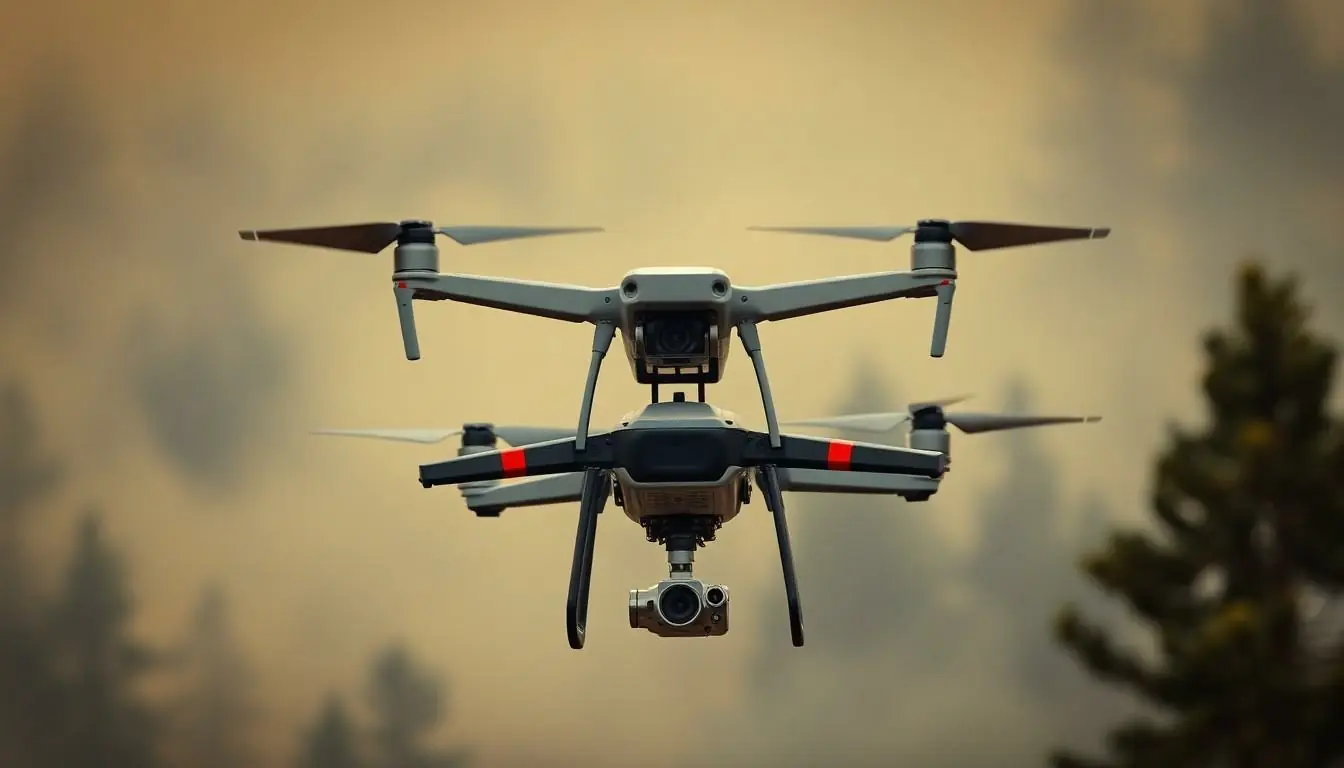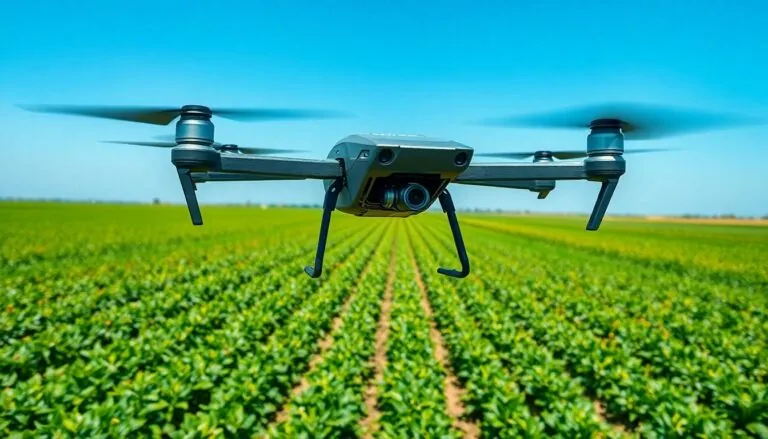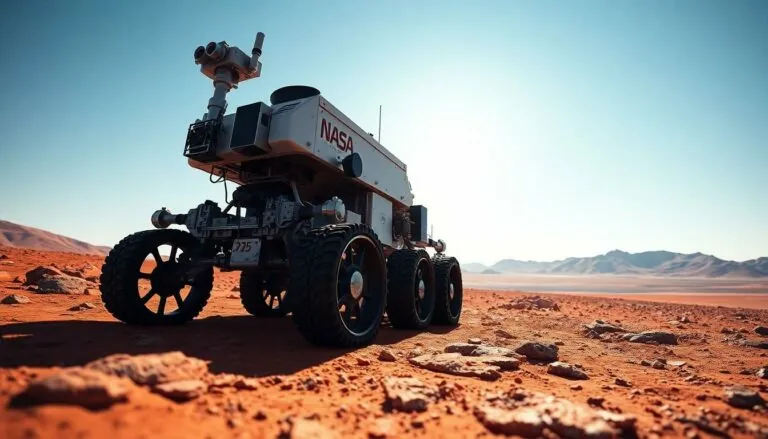Table of Contents
ToggleWhen flames rage and panic sets in, who you gonna call? Not Ghostbusters, but fire fighting drones! These high-tech heroes are swooping in to revolutionize the way we tackle wildfires and urban blazes. Equipped with cutting-edge technology and a sprinkle of aerial magic, they’re turning the age-old battle against fire into a futuristic showdown.
Overview of Fire Fighting Drones
Firefighting drones serve as critical tools in the battle against wildfires and urban fires. These unmanned aerial vehicles enhance situational awareness by providing real-time aerial imagery, which helps firefighters assess dangerous situations more effectively. Using advanced technology, drones can reach areas inaccessible to ground crews, allowing for timely intervention.
Equipped with thermal imaging cameras, drones identify hot spots and monitor fire progression with precision. Many drones carry firefighting equipment, including water and fire retardants, enabling them to deliver supplies directly to affected areas.
Cost-efficiency is another significant benefit. Traditional firefighting methods often involve extensive resources and personnel. In contrast, deploying drones reduces labor costs and speeds up response times, leading to more effective firefighting efforts.
Collaboration between drones and ground crews has transformed firefighting strategies. These aerial assets offer real-time data that informs decision-making and optimizes resource allocation. As technology continues to evolve, firefighting drones are expected to incorporate artificial intelligence, enhancing their capability to predict fire behavior and assess risks.
Notably, regulations regarding drone usage in firefighting are addressing challenges in deployment. Compliance with aviation laws ensures safe operations, providing a framework for integrating drone technology into firefighting protocols.
With advancements in battery life and payload capacity, the potential applications for firefighting drones expand. As they become an integral part of firefighting strategies, these drones provide essential support in minimizing damage and enhancing safety during emergency response.
Advantages of Using Fire Fighting Drones

Firefighting drones offer numerous advantages that enhance firefighting effectiveness and safety.
Enhanced Surveillance Capabilities
Enhanced surveillance capabilities stand out as a primary advantage. Drones equipped with high-resolution cameras provide real-time aerial imagery, which improves situational awareness for firefighters on the ground. Thermal imaging technology identifies hotspots, allowing rapid assessment of fire conditions. They also capture data from areas that are difficult or dangerous for humans to reach, such as steep terrain or areas with hazardous smoke. Deploying drones means gaining a comprehensive view of the fire’s progression and surrounding environment, leading to informed strategic decisions.
Improved Response Times
Improved response times represent another significant benefit. Drones can be deployed quickly to affected areas, often reaching locations faster than ground crews. The rapid relay of critical information allows firefighters to respond with precision and efficiency. Consequently, this swift action minimizes property damage and enhances overall containment efforts. Real-time data sharing between drones and personnel streamlines resource allocation, ensuring that fire suppression tactics can start sooner. Prioritizing quick, data-driven responses directly correlates to better outcomes in emergency situations.
Technology Behind Fire Fighting Drones
Firefighting drones incorporate advanced technologies that enhance their effectiveness during emergency situations. These features significantly impact firefighting strategies, improving safety and efficiency.
Sensors and Cameras
Drones utilize high-resolution cameras and thermal imaging sensors to deliver critical data. These tools capture real-time aerial imagery, providing insights into fire conditions and hot spots. Thermal sensors allow drones to detect temperature variations, even through dense smoke. This capability enables firefighters to assess fire behavior and identify areas requiring immediate attention. Integration of these sensors empowers firefighters to make informed decisions based on accurate information.
Flight Navigation Systems
Flight navigation systems play a vital role in drone operations. Advanced GPS technology enables precise positioning and route planning. Drones navigate autonomously, ensuring they reach designated areas rapidly and safely. Obstacles are detected and avoided through real-time analysis, improving safety during flight. Automated flight paths maximize efficiency, allowing drones to cover extensive areas quickly. Enhanced navigation systems also facilitate seamless communication with ground crews, ensuring coordinated response efforts.
Applications of Fire Fighting Drones
Firefighting drones play a vital role in both wildfire management and urban firefighting support. Their innovative applications significantly enhance response effectiveness and safety in emergency scenarios.
Wildfire Management
Firefighting drones enhance wildfire management through aerial surveillance and rapid data collection. Equipped with thermal imaging, they identify hot spots and monitor fire spread. Drones provide critical real-time imagery, enabling firefighters to assess conditions and make informed decisions. This capability allows for strategic planning, ensuring that resources are allocated efficiently. When flying over hard-to-reach areas, these drones gather data that is often inaccessible from the ground. Additionally, they can deliver supplies to remote locations during fire emergencies, significantly improving logistics. Such applications contribute to more efficient wildfire containment efforts, protecting both lives and property.
Urban Firefighting Support
In urban environments, the versatility of firefighting drones is particularly valuable. These drones offer real-time situational awareness that supports ground crews in managing complex fire scenarios. They capture high-resolution aerial footage that reveals the extent of a fire and assists in tactical planning. When time is critical, drones quickly relay essential data, helping teams coordinate their efforts effectively. Carrying firefighting equipment, they can even aid in delivering materials like water or fire retardants directly where needed. Moreover, the integration of drone technology with communication systems ensures seamless operations, improving overall response effectiveness during urban firefighting efforts.
Challenges and Limitations
Firefighting drones face several challenges that can hinder their effectiveness. Limited flight time poses a significant issue, as most drones operate between 20 to 30 minutes on a single battery charge. Issues associated with adverse weather conditions also arise; high winds and heavy rain can restrict drone operations, affecting their reliability.
Regulatory constraints present another obstacle. Drone operators must comply with federal aviation regulations, which dictate where and when they can fly. Compliance with these rules often leads to delays in deploying drones during emergencies.
In addition, technological limitations can impact performance. Some drones still struggle with communication, especially in remote areas with limited connectivity. Users may experience difficulties transmitting real-time data to ground crews, which is crucial for effective decision-making. Payload capacity limits further complicate scenarios where heavy firefighting materials are necessary.
Training requirements for operators also contribute to challenges associated with drone usage. Effective drone operation demands specialized skills, meaning firefighters must undergo training to use this advanced technology safely and efficiently. Despite the benefits of drones, many departments face resource constraints that limit their ability to implement training programs.
Moreover, public perception and acceptance of drones play a role in their adoption. Concerns regarding privacy and noise have led to resistance in some communities. Building trust and understanding around drone technology is essential to ensure cooperation when deploying these innovative tools in firefighting efforts.
Overall, while firefighting drones provide numerous advantages, addressing these challenges is crucial for maximizing their potential in emergency response scenarios.
Firefighting drones are reshaping the landscape of emergency response. Their ability to provide real-time data and enhance situational awareness is invaluable for both wildfires and urban fires. As technology advances the integration of AI and improved battery life will likely unlock even more capabilities.
While challenges remain such as regulatory hurdles and operational limitations addressing these issues will be essential for maximizing their effectiveness. The future of firefighting is bright with drones at the forefront, promising safer and more efficient responses to emergencies. Embracing this technology could significantly improve outcomes and save lives in critical situations.




